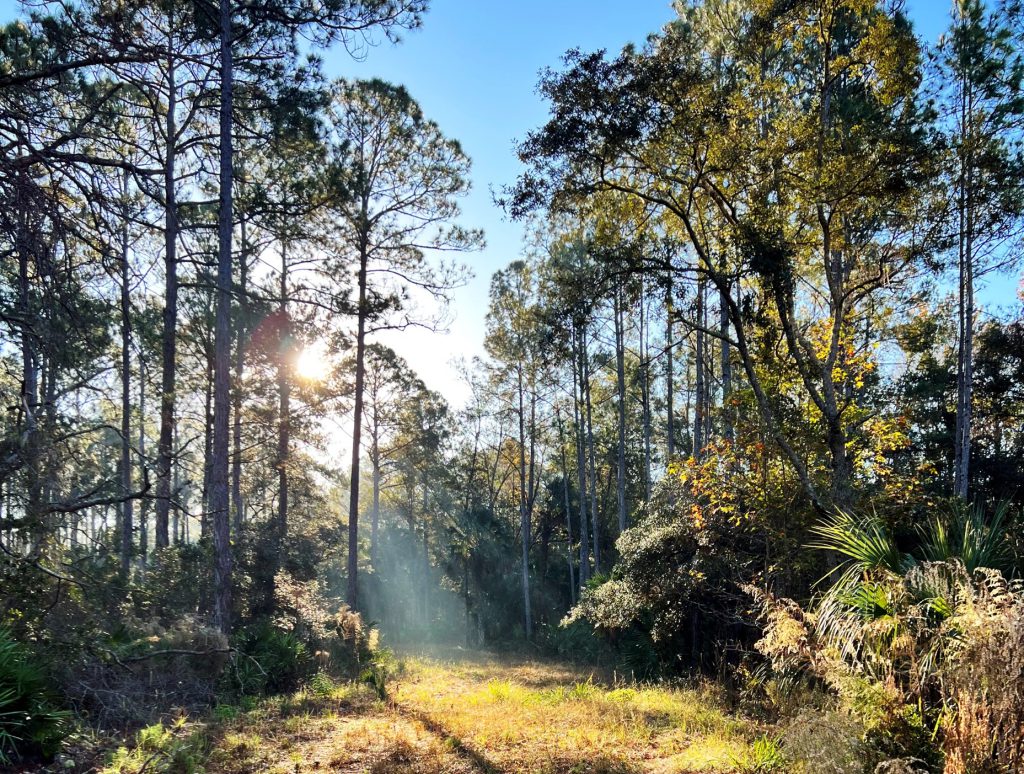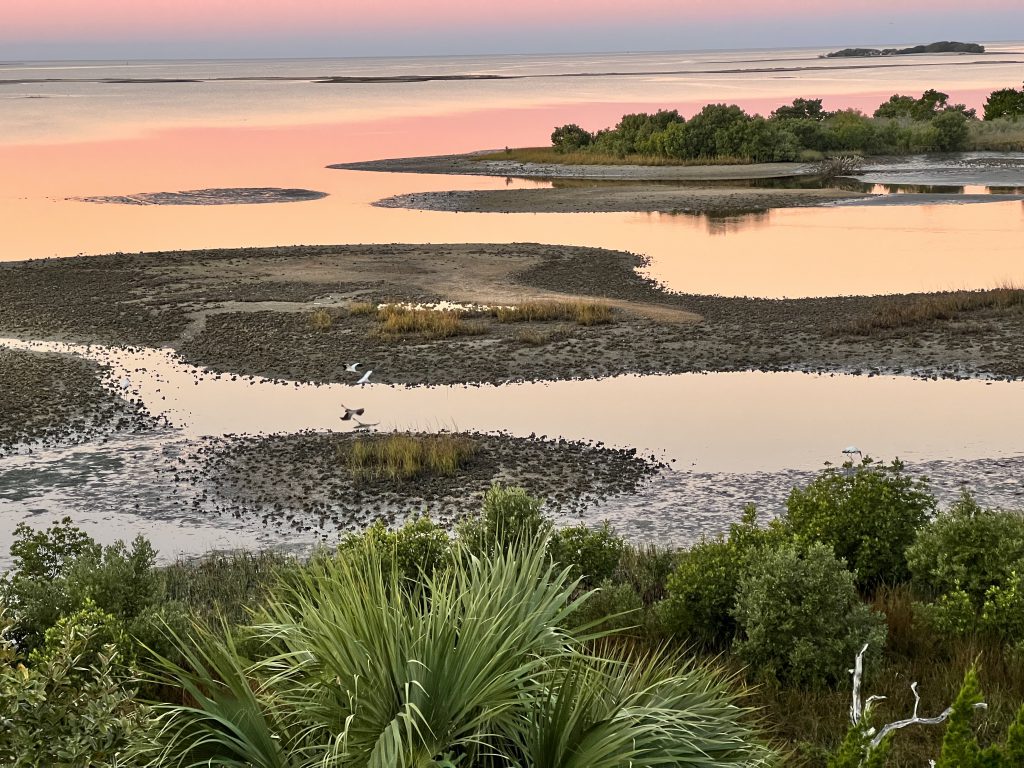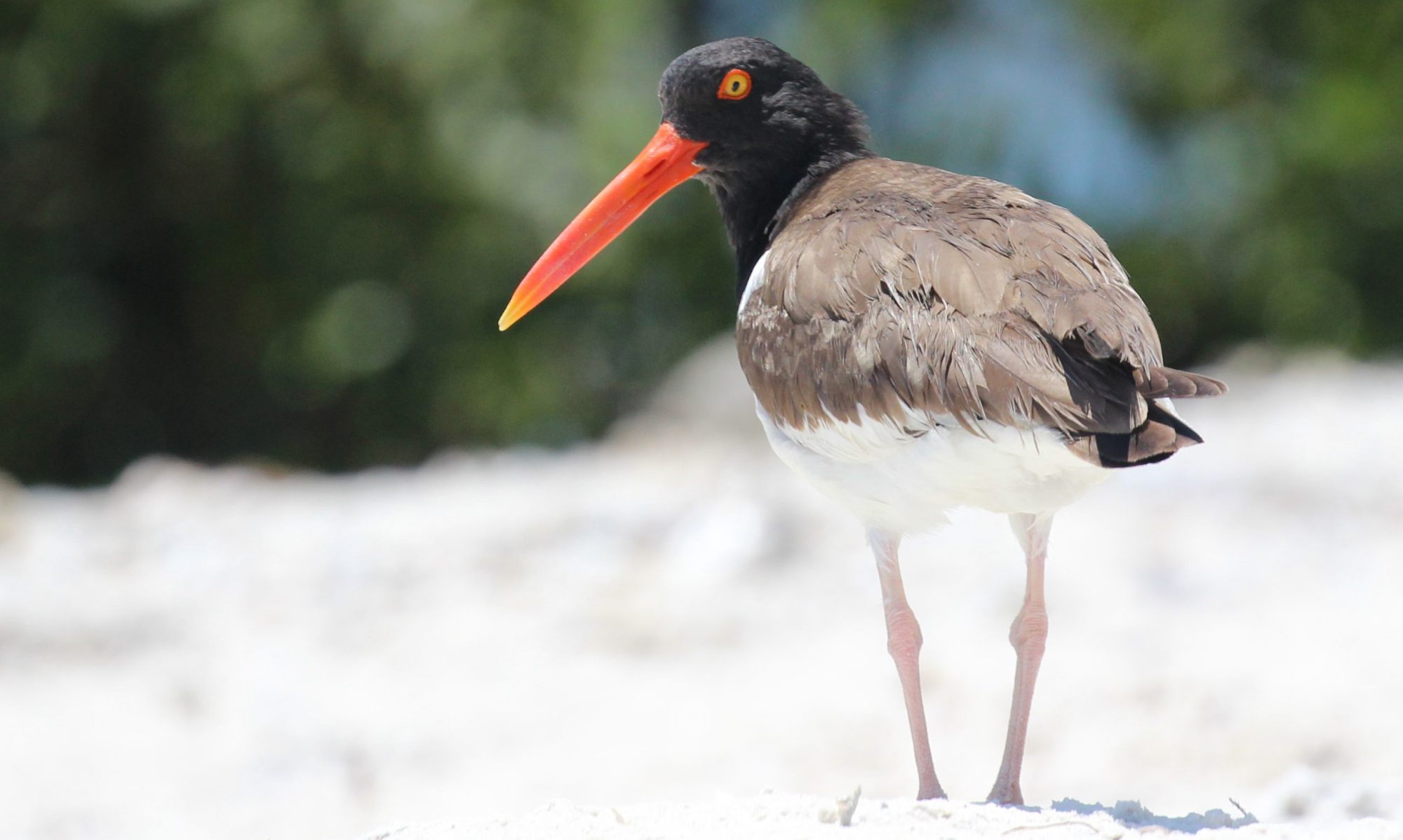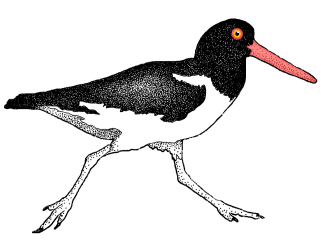Much of FNCC’s work falls under two areas of emphasis called “projects”:
The Cedar Key Green Space Project and the Nature Coast Ecosystems Project. Please see below for more information.
Cedar Key Green Space Project
green space: (noun) an area of land protected from development for the purpose of preserving a community’s natural and historic character
The Cedar Key Green Space Project is one of many projects initiated by Florida’s Nature Coast Conservancy (FNCC), our local 501(c)(3) non-profit designated land trust. FNCC recognizes that green space provides our community with a range of essential and fundamentally irreplaceable services such as protecting water quality, protecting the island’s wildlife, and creating a buffer against over-development. Greenspace also helps the community to reduce flood insurance costs and secure financial investment in improvement projects.


How can you help Florida’s Nature Coast Conservancy protect green space in Cedar Key to benefit the whole community?
- Donate your vacant land or empty lot for preservation and potential property tax benefits as part of the Cedar Key Green Space Project
- Join your neighbors in making a monetary donation towards the purchase and protection of green spaces in Cedar Key
- Explore placing a conservation easement on your vacant land or empty lot while maintaining ownership
The Nature Coast Ecosystems Project
Healthy coastal ecosystems are vital for maintaining the water quality of our rivers, marshes, and the Gulf of Mexico. These Natural ecosystems provide habitat to plants and animals as well as offer opportunities for recreation.
The Nature Coast Ecosystems Project aims to ensure the protection of land at the ecosystem scale through collaborations with area partners such as the U.S. Fish and Wildlife Service’s Cedar Keys National Wildlife Refuge and Lower Suwannee National Wildlife Refuge, the Florida Fish and Wildlife Conservation Commission, Florida State Parks, mitigation banks, the Suwannee River Water Management District, and the Florida Forestry Service.
Land protection priorities include properties that:
- Are adjacent to already protected lands
- Include high ground (provides a buffer against sea level rise)
- Are high in natural resource quality (biodiversity, shoreline to high-ground gradient for inland wildlife retreat)
- Provide opportunities for education and recreation
- Preserve heritage and support the economic viability of the Nature Coast


